Downy mildew treatment regimen on cucumbers, sunflowers, roses, beets, cabbage
Peronosporosis (also called downy mildew) is a fungal disease that can affect most vegetable and flower crops, fruit trees, and shrubs. Differs in prevalence and increased harmfulness. Downy mildew on cucumbers, sunflowers, roses, beets, cabbage gives summer residents a lot of trouble and pretty spoils the mood. The result of the disease is the loss of decorativeness of flowering plants and a significant decrease in the yield of vegetables.
The causative agent of the disease, signs of damage
The causative agent of the disease is always one of the types of pseudo-fungi belonging to the class of Oomycetes from the Peronospore family. It is in this that peronosporosis differs from powdery mildew.
Within each species, there are many subspecies that have a narrow specialization when choosing a host plant. For example:
- Peronospora schachtii prefers beets;
- Peronospora destructor poses a threat to onions;
- Plasmopara helianthi attacks sunflower;
- Pseudoperonospora cubensis grows on cucumbers and other pumpkin crops.
Parasitic fungi damage the aboveground parts of plants, are easily spread, and winter well. In winter, the pathogen hides in fallen leaves, bulbs, stems of diseased plants. Mushrooms can be preserved in untreated seeds.
The first signs of damage appear on young leaves:
- Their surface is covered with vague spots of various colors (yellow, reddish, purple).
- In the future, the affected areas increase in size and merge.
- The tissue dries up, as a result, holes form on the leaves, and a grayish coating and dark dots containing zoospores appear on their lower surface.
- The foliage begins to deform, curl, then dry up and fall off.
On older leaves, symptoms are less pronounced. The buds of diseased plants change shape, become ugly, crumble, depriving the gardener of the harvest.
Reasons for infection
Among the main reasons contributing to the outbreak of downy mildew, experts call the contrast between night and day temperatures, when at night the indicator drops to 10 ° C and below, and during the day it is warm or hot. Most often, this weather occurs in late spring and early autumn. Disease and rains contribute, significantly increasing air humidity.
More often than others, plants planted in heavy and acidic soil suffer from peronosoposis.
The following conditions contribute to the disease:
- sowing seeds that have not been disinfected;
- planting affected bulbs;
- transfer of spores by gusts of wind;
- thickened planting in the greenhouse;
- the spread of the fungus by insect pests;
- contamination from rain or surface watering.
After wintering, the pathogen is activated when the temperature rises to + 11 ° C. Under favorable conditions for the fungus, the disease can affect a significant area of the site in a matter of days (less than a week).
Drug protection
To fight downy mildew of cucumbers, cabbage and other vegetable crops, as well as flowers in the summer cottage, they begin by spraying the planted seedlings on the 14th day after planting with 1 percent Bordeaux mixture. Crops planted by direct sowing into the ground are treated at the germination stage.
If the treatment was not carried out in a timely manner and an outbreak of the disease occurred, it is recommended to spray the plants with a sulfur solution (50 g per 10 l of water).For vegetable crops in the late growing season, it is better not to use chemical methods of protection, but to limit the use of biological products.
Spraying the ridges is carried out using:
- Fitosporina-M;
- "Planriz";
- "Gamaira";
- "Alirina";
- "Glyokladina".
In damp and cool weather, treatment should be carried out every 2 weeks. In the absence of rain, crops can be sprayed once a month. It is necessary to strictly observe the dosage indicated by the manufacturer on the packaging of the drug.
On roses and other flower crops, the treatment of peronosporosis can be carried out with chemicals. The following drugs have proven themselves well:
- Previkur Energy;
- "Profit Gold";
- "Quadris";
- "Kurzat";
- "Topaz";
- "Ordan".
When using them, you must protect yourself from toxic effects by means of protection (mask, gloves).
Before applying fungicides, all diseased leaves and shoots are removed from the plants.
Downy mildew can appear not only on garden plants, but also on indoor plants, although this happens much less often. Violets are sensitive to it, and peronosporosis can also affect orchids and other plants that require high humidity, which contributes to the development of the fungus. At home, the fight against the disease is carried out using the same fungicides and biological products.
Using folk remedies
Adherents of organic farming can curb the growth of parasitic fungi with folk remedies.
They have proven themselves well in the fight against downy mildew:
- Aqueous solution of milk and iodine. In 9 liters of water, 1 liter of milk with a minimum fat content and 10 drops of an alcoholic tincture of iodine are dissolved, a composition is used for spraying plantings.
- Ash infusion. To prepare it, mix 1 glass of ash powder and 3 liters of water. The mixture is heated to a boil, cooled, allowed to brew for 2-3 hours, filtered. The resulting concentrate is diluted with water in a 1: 3 ratio and used to treat plants.
- Potassium permanganate solution. Add 1-1.5 g of potassium permanganate crystals to a bucket of water and mix thoroughly. Plants are sprayed with the prepared solution.
Processing should be carried out in dry weather early in the morning. In this case, the leaves will not get sunburn and will have time to evaporate moisture until the evening.
Preventive measures
In order to prevent damage to plants by downy mildew, it is required to strictly observe agricultural technology.
- The territory of the site must be timely freed from plant tops, fallen leaves and other debris by burning.
- The earth must be dug deeply in the fall; in addition, you can repeat the procedure in the spring.
- If in the previous season the plants were sick with peronosporosis, before planting the soil is disinfected with a solution of copper sulfate or potassium permanganate. Considering that vitriol is extremely poisonous, it should not be used often: after such treatment, not only pathogenic, but also beneficial microorganisms die in the soil.
- It has proven itself remarkably in the prevention of many diseases, including downy mildew, the biological preparation "Baikal-M", which at the same time serves as a fertilizer.
- On the site, it is necessary to observe crop rotation annually, returning crops to their former planting site only after 3-4 years. After all, it is known that plants belonging to the same family are affected by the same diseases.
- Seeds and bulbs of vegetable and flower crops must be etched before planting using a solution of potassium permanganate or fungicide.
- When buying seed, it is better to opt for varieties and hybrids that are resistant to downy mildew.
- The recommended crop planting scheme must be followed so as not to create unnecessary thickening.
Peronosporosis can be controlled despite its prevalence.You just need to follow the planting rules, regularly care for the plantings, maintain order on the site, and fight pests and weeds in a timely manner. If, nevertheless, signs of the disease appear, control measures must be taken immediately.
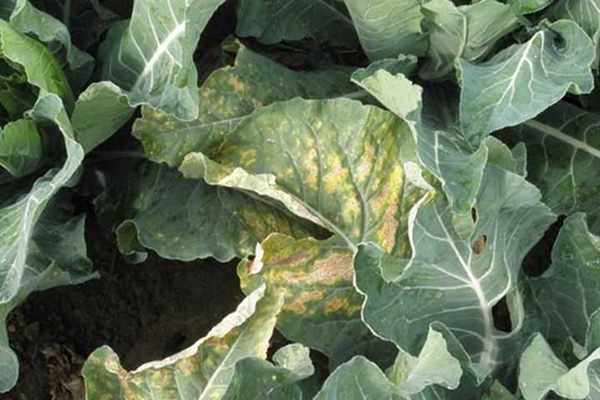
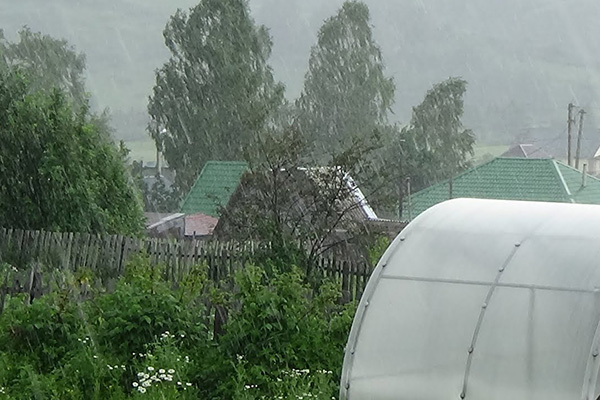
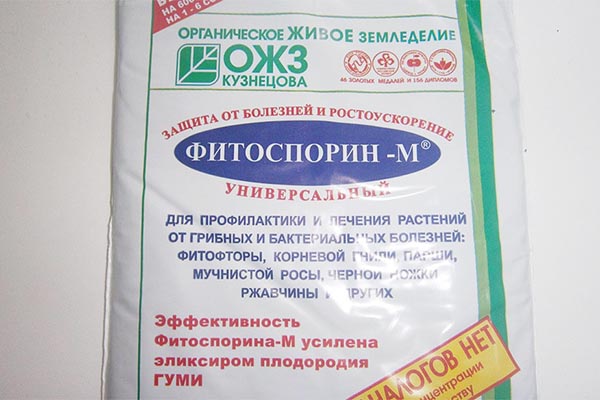
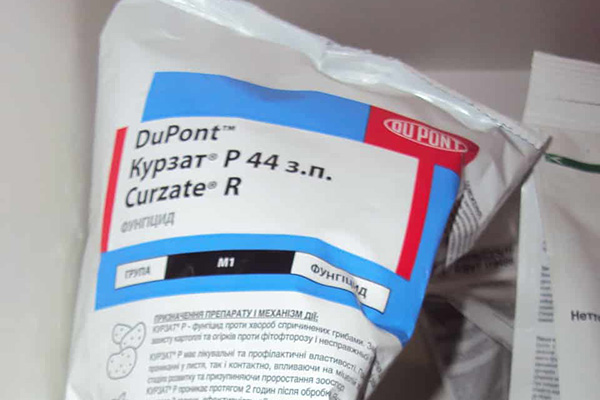
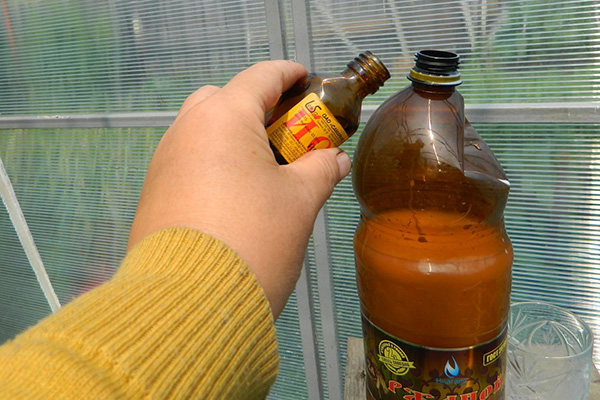
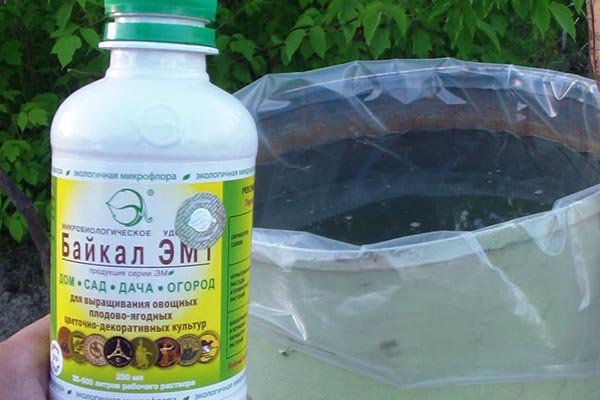
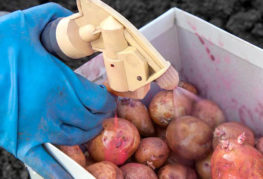
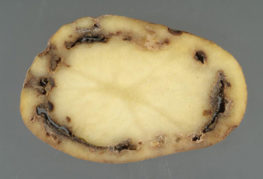
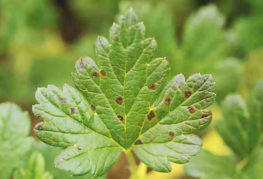
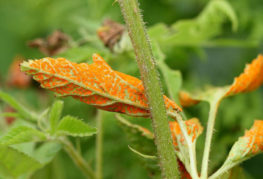
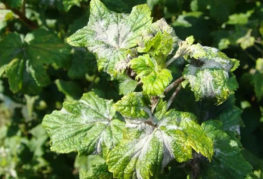
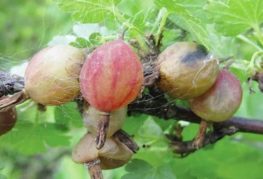
and will be published shortly.